Photography is one of our most widely used and effective forms of communication and engagement. High quality visual communication is vital to maintain an authentic, unified, and authoritative voice in all aspects of the lab’s scientific and educational mission.
Berkeley Lab Visual Style
Authenticity
Given the nature of the work done at the lab, many of the photographs will need to be staged. However, every effort should be made to ensure the representations are as authentic as possible. Overly staged photos, people mugging for the camera, making exaggerated gestures or expressions, or doing something which would not normally be done in the setting depicted should be avoided. Accurately representing the work done at the lab is vital to the lab’s mission of scientific and academic integrity.
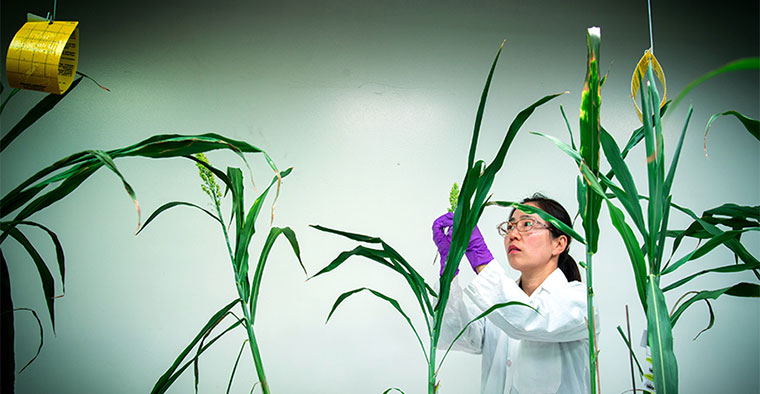
Safety and PPE
Safety must be paramount in all photographs representing the lab. Proper PPE must be worn by all people in any photograph showing work where PPE is normally needed. Always check with the particular lab manager or safety personnel on what PPE is required in that lab. Safety standards have changed over the years and not every photograph in the lab’s archives will meet current PPE requirements, so keep this in mind when searching for historical photographs.
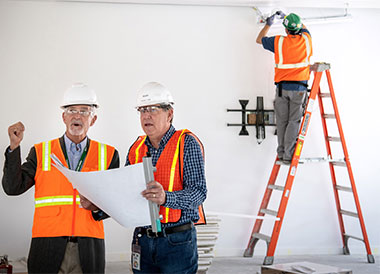
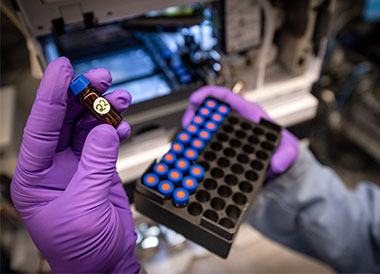
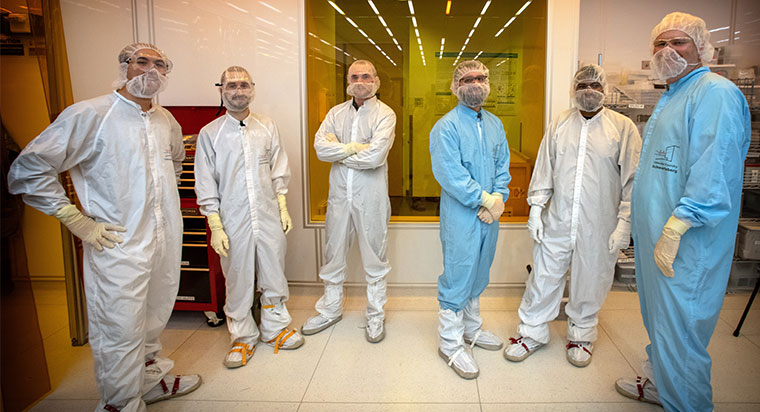
Science
Science-based imagery is an integral reminder that Berkeley Lab is a vital resource for the nation and the world. Images highlighting science are an engaging entry point for our audiences to understand the crucial work done at the lab.
To best capture the research being done at the lab it is important to document all aspects of the work; researchers and support staff, still life photographs of equipment and other objects utilized at the lab, close-up details of work in progress, and overall images of the physical spaces and buildings. While capturing images to document the work being done at the lab it is vital that the act of photographing the work not endanger anyone or interfere with research in progress.
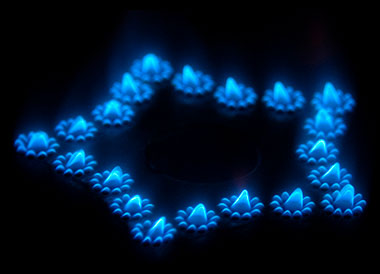
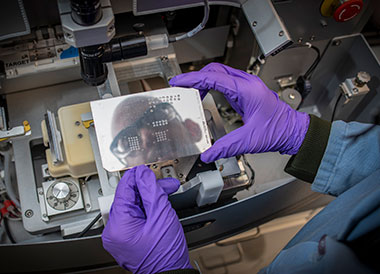
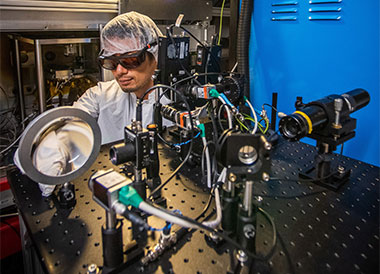
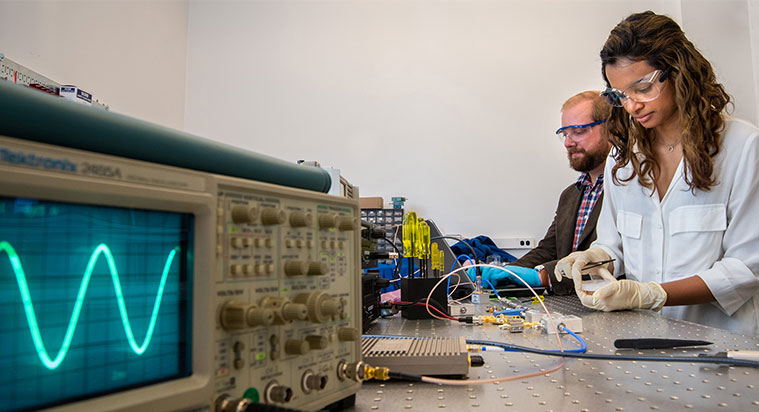
Emotion
The most effective visual communication is when an image facilitates an emotional connection between the viewer and the subject matter photographed. A single photograph is a moment in time, with all of the feeling and narrative power of the written word, but with an additional level of connection which can not be communicated by any other method.
Photography at the lab should communicate the joy of scientific discovery, the intensity of the research, and the important discoveries which have been — and will continue to be — part of the Berkeley Lab story. Photographs of the lab should communicate the authoritative and professional nature of the people who work here, but also the relatable and authentic qualities of them as well.
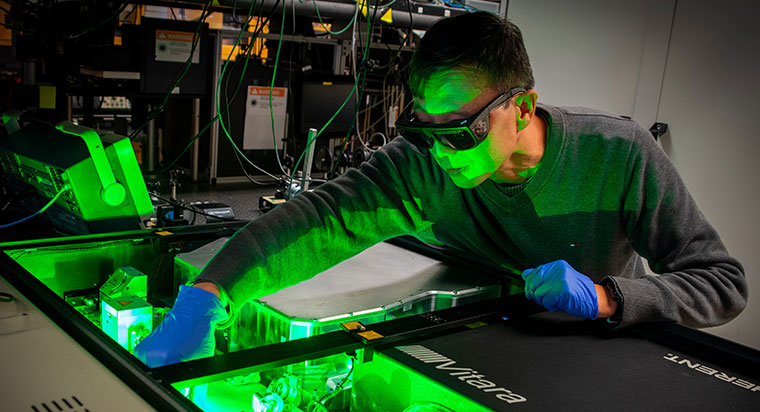

Environment
Images which show the physical environment of the Berkeley Lab provide the viewer a sense of context and scale to evoke a sense of wonder and discovery. These photographs provide a visual context for the lab’s promise of Bringing Science Solutions to the World.
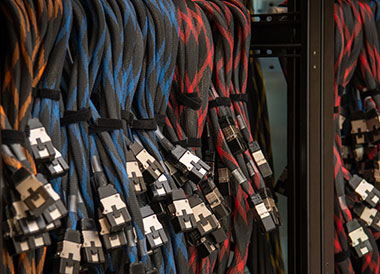
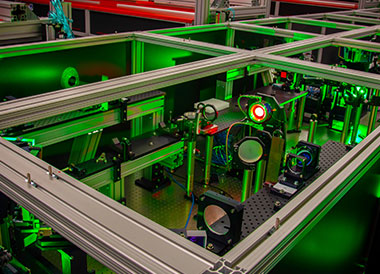
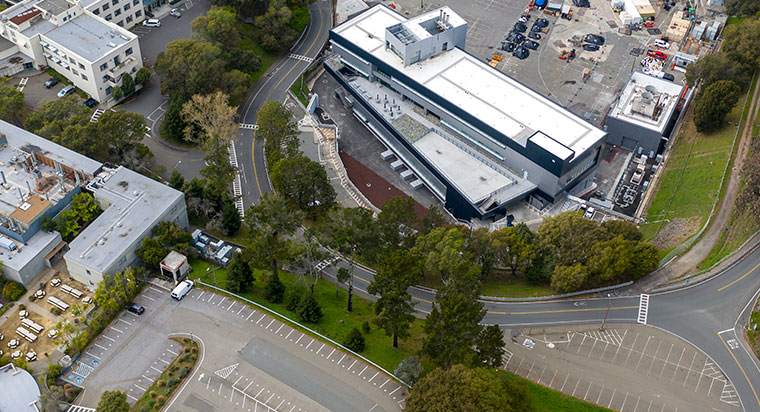

What to Avoid
Props or equipment out of context
Showing lab equipment or other items in an incorrect context will give the wrong impression to viewers at best, and may lead them to question the scientific and academic integrity of the work being depicted.
When using historical photographs it is good to keep in mind that safety and other standards were much different at the time. The photo shown here would not be appropriate.
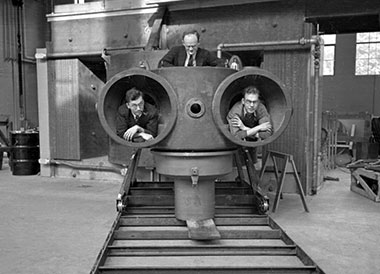
Extreme or overly cliched angles
Extreme wide-angle or fish-eye lenses can be useful tools when documenting work at the lab. However, over use or exaggerated use of them can look gimmicky or inauthentic and should be avoided.
Visual cliches
Sometimes visual cliches are difficult to avoid. For example, people sitting at a computer pointing at the screen is a familiar visual trope. These should be utilized sparingly and with intention. Overuse of visual cliches leads to stale imagery and fails at communicating the original intent of the photograph.

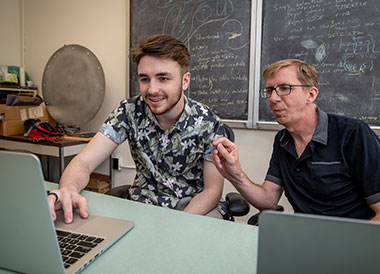
Lab Produced Images vs. Outside Images
Whenever possible, using original Berkeley Lab photography will add to the authenticity of our message and strengthen our overall communications. However, there will be instances when the needed images can only come from an outside source.
Prior to using stock or other photography produced outside the lab, ensure you fully understand and are in compliance with the usage rights from the provider. Follow the provider’s guidelines on attribution wording and placement.
All photographs created by lab photographers or contract photographers are in the Public Domain, and can be used without restriction. The specific language on usage and attribution is detailed on the download pop-up window on our photography archives. For external image usage guidelines and language, please contact Strategic Communications. For all other questions, please contact Creative Services.
